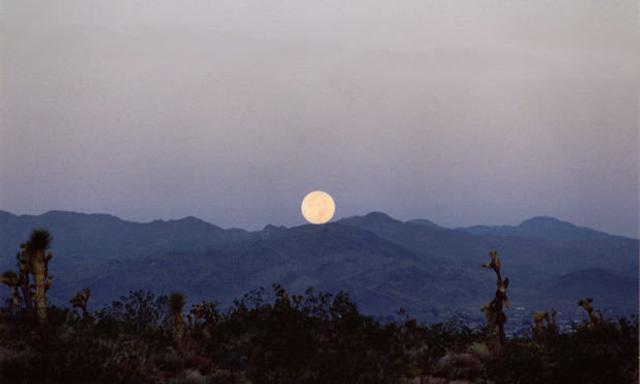If the clouds hopefully part tonight or tomorrow night, you're in for a real treat.
Supermoons are somewhat regular, but tonight's will mark the closest the moon has come to the planet since 1948. At perigree - the point at which the moon is closest to Earth - the moon can be as much as 14% closer to Earth than at apogee, which is when the moon is farthest from our planet.
The full moon appears that much larger in diameter and because it is larger shines close to 30% more moonlight onto the Earth. Noah Petro, Deputy Director of the Lunar Reconnaissance Orbiter mission at NASA, explains that the "difference in distance from one night to the next will be very subtle, so if it’s cloudy on Sunday, go out on Monday."
"Any time after sunset should be fine. Since the moon is full, it’ll rise at nearly the same time as sunset, so I’d suggest that you head outside after sunset, or once it’s dark and the moon is a bit higher in the sky. You don’t have to stay up all night to see it, unless you really want to!”
What's more, if there is too much cloud cover tonight, you'll get another chance in a few weeks as the final supermoon of 2016 is scheduled to appear on December 14th. You won't see another full moon supermoon again until November 25th, 2034.
Via NASA









































































